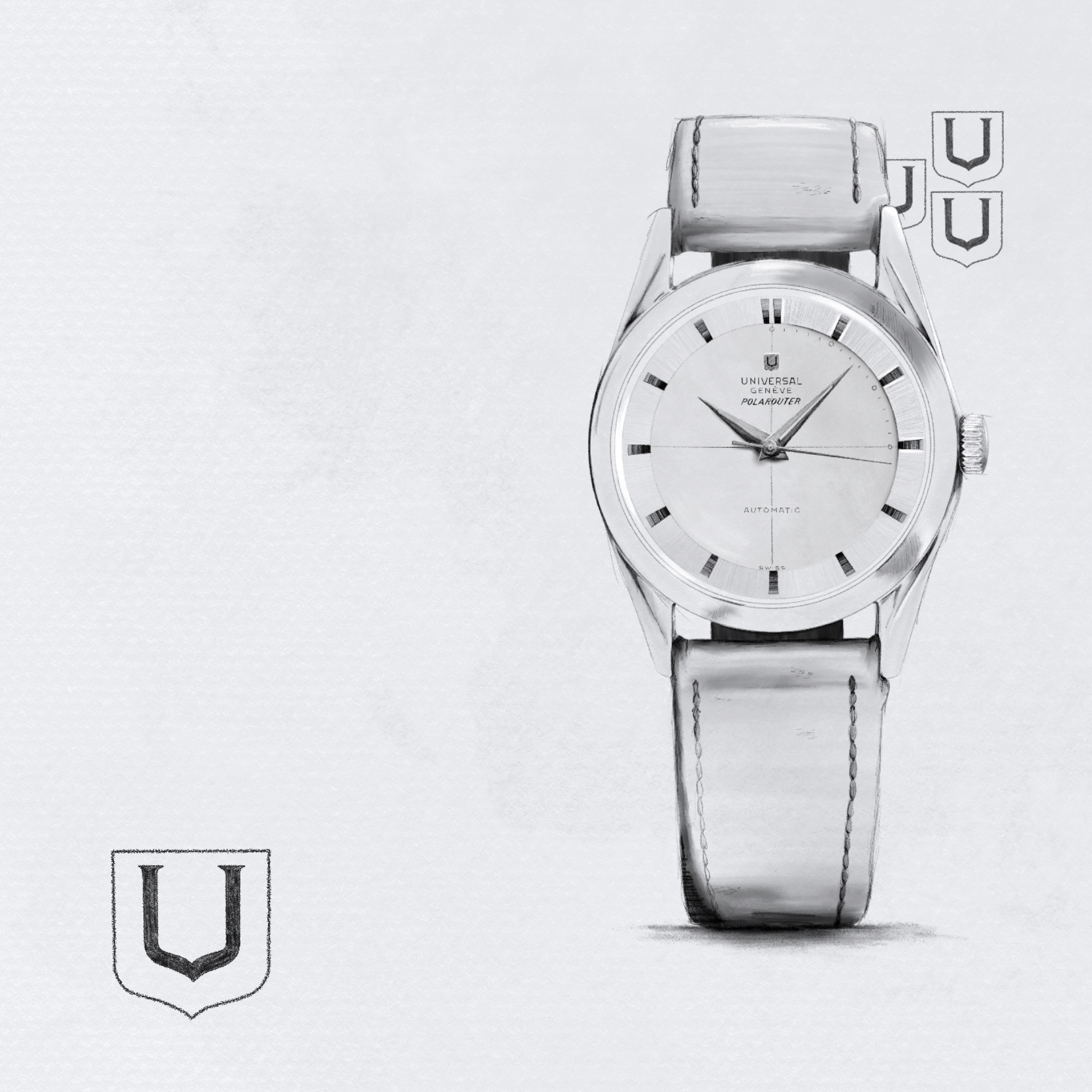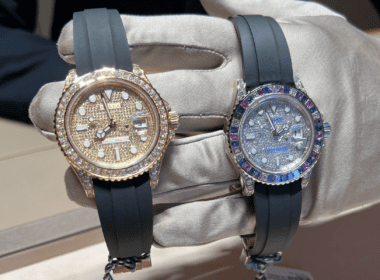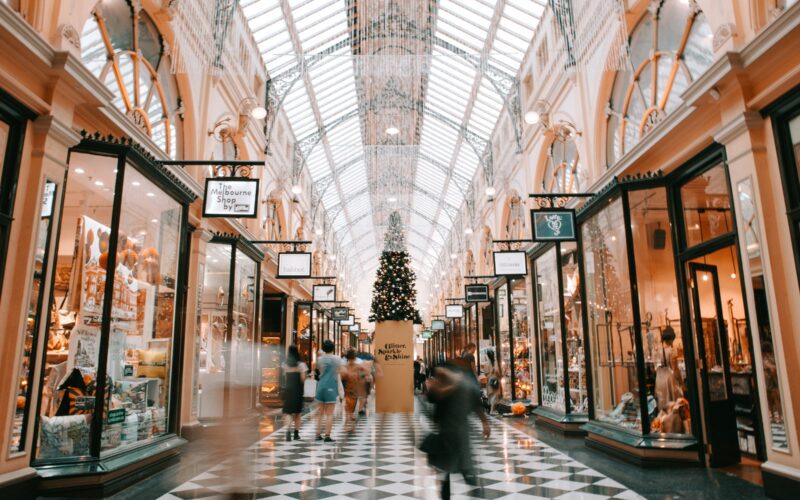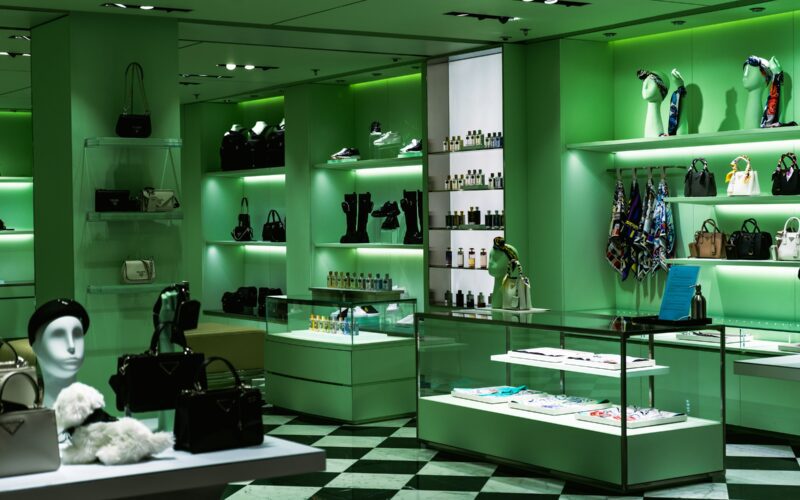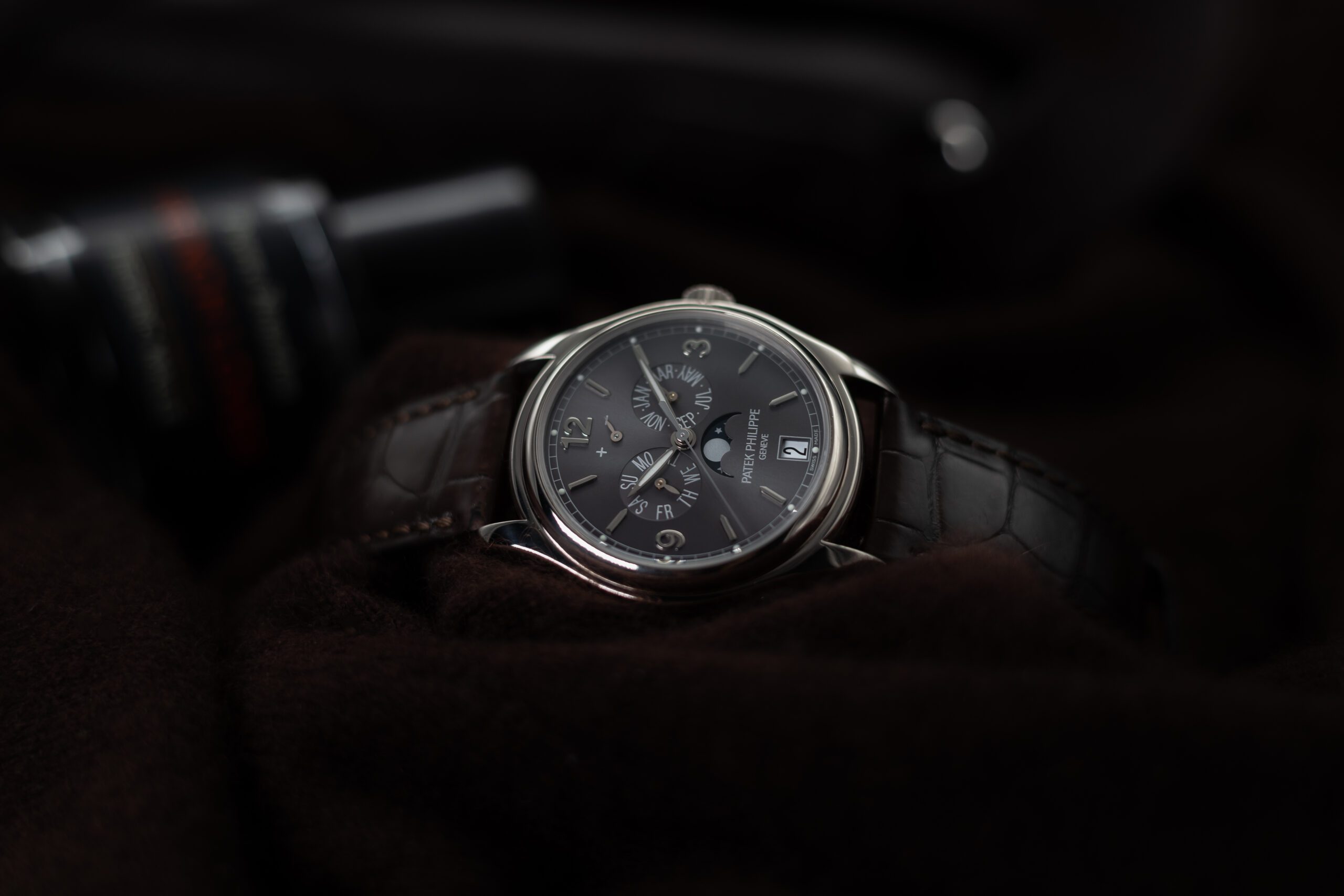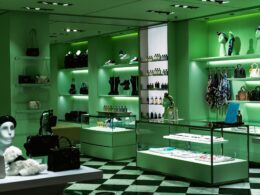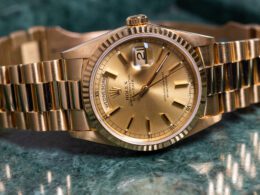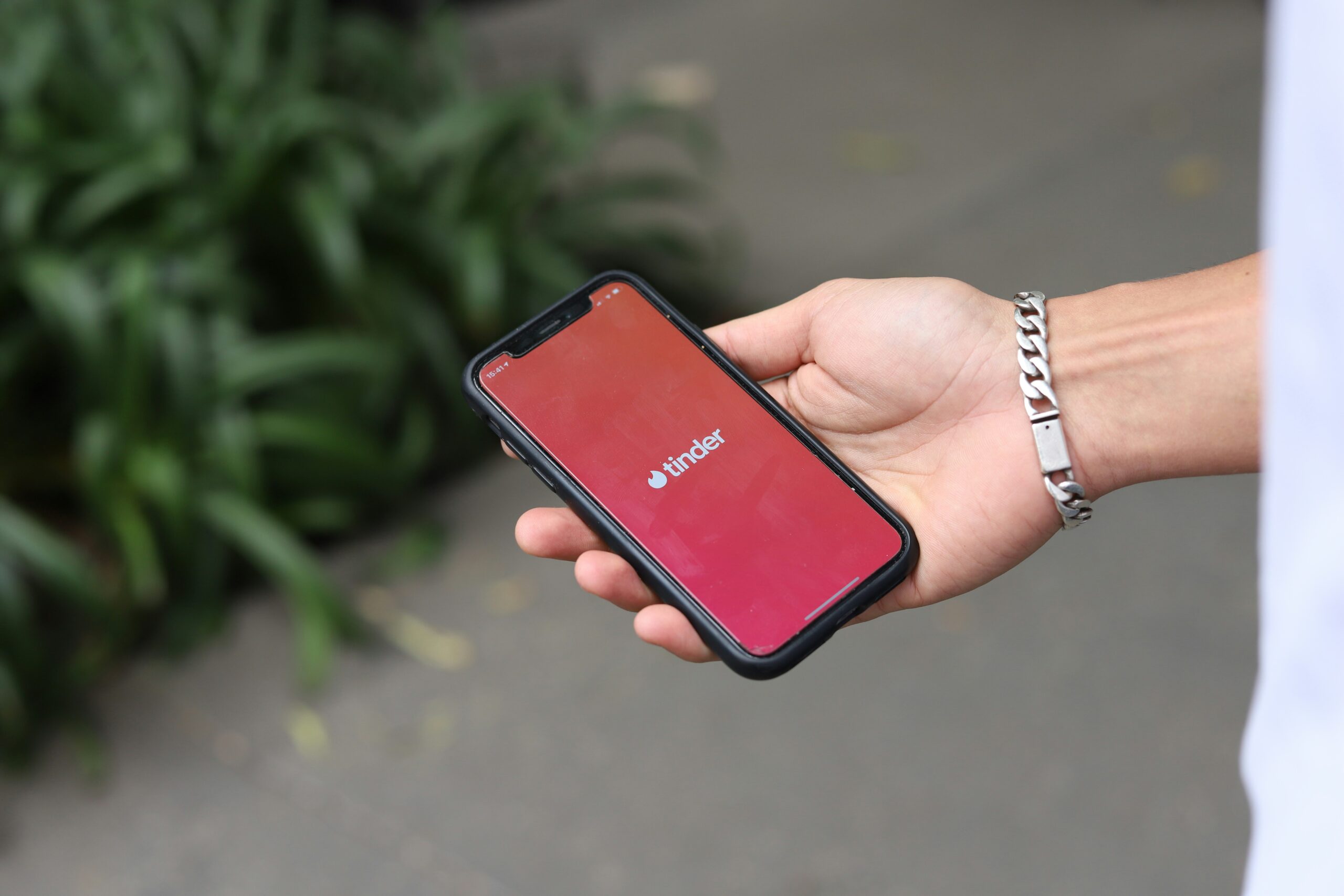In the world of luxury, logic appears to be lacking. For what reasons, though? Why does this industry continue to thrive, even in times of recession? After Corona, the industry has grown substantially, and at times it seems as if consumers cannot live without luxury. For such fascinating developments, let’s go back to its source: marketing. So what specifically is luxury marketing?
Polerouter, when time flies Imagine you are flying at an altitude of thousands of meters over an all-white, desolate plain. At a speed of 507 mph in a propeller plane making a deafening noise. You are on your way to a destination half a day away. With only the stars, a gyroscope and a watch to guide you as the wind tries to drive you off your intended course. These were the conditions the crew of Scandinavian Airline System (SAS)'s Helge Viking with flight number SK931 found themselves in during the very first transpolar commercial flight. A flight designed to prove the viability of transpolar routes - flights over the Arctic. These routes are significantly shorter, which would save several hours and significant amounts of fuel. Fortunately, the watch they were given was specially designed for this inaugural flight. Resistant to the relentless magnetic fields of the polar region, this watch helped them stay on course. Fortunately, the watch they were given was a Universal Geneva "Polerouter.
Imagine this is a story of your company. Your brand. Think for a moment about this story before you continue reading this article. Where did it take you, did it move you?
Luxury goods
To answer the question of what luxury marketing is, it is important to know the target audience and the nature of the products and services involved. Products and services primarily fall under the category of “speciality goods. These are commodities that consumers often do not compare, as is the case with “shopping goods. These types of goods are more about brand identity and perception of quality.
Examples of luxury goods include jewellery, handbags and watches, as well as goods that exceed their practical utility and cost ratio, such as a sports car or the iPhone you probably have in your hand right now.
Why do people purchase luxury goods?
Luxury goods do not meet the basic needs of consumers. According to Wikipedia, a consumer would derive some actual utility from this type of item. The only utility I can think of is that it taps into the second level of Maslow’s pyramid: esteem. They nurture status, prestige and, in some cases, a degree of respect.
What defines a luxury good depends on societies and cultures. What satisfies your sense of esteem is strongly determined by the environment in which you grow up. Luxury goods provide satisfaction and make life more enjoyable.
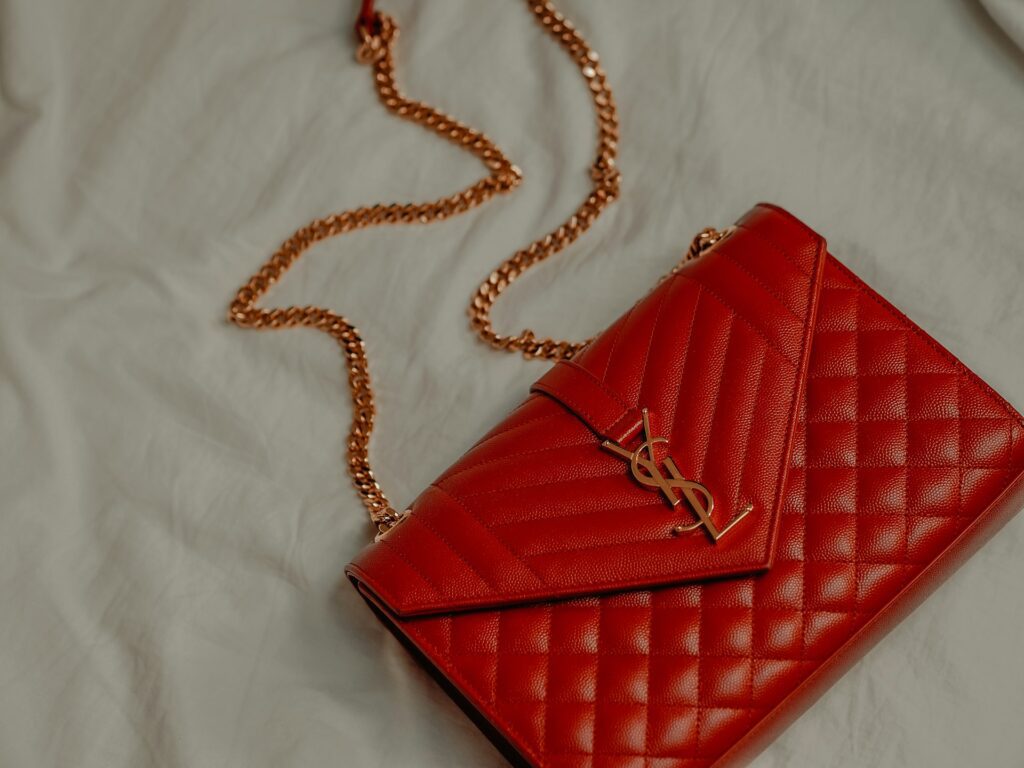
Who buys luxury goods?
The target groups in the luxury marketing segment are diverse and, in my opinion, consist not only of direct buyers – people with disposable income – but also of secondary buyers. Secondary buyers go for second-hand luxury products, such as a (vintage) bag.
The typical buyer of luxury goods is between 25 and 44 years old. As you move toward ultra-luxury, the average buyer is considerably more aged. This is purely because of accumulated wealth and disposable income.
So, what is luxury marketing?
Luxury marketing is the marketing of luxury products that consumers do not consider necessary in principle, but which make life a lot more enjoyable.
Luxury marketing is selling brands and experiences that are not necessities. If something has no necessity, how can you market it? Therefore, luxury marketing often does not play on logic or practical considerations, but much more on emotion.
The challenge of online
An interesting development is how luxury marketing has adapted to the digital world. How can you evoke emotion if something is not tangible? If you can’t feel or experience it?
To be digitally successful as a luxury brand, it is important to respond strongly to various facets. Strong content is essential. But you’ll notice that many major labels have only started doing that in recent years. Not to mention e-commerce. Luxury e-commerce is just taking off and is an interesting topic in itself, but I’ll save this for a future article.
The recipe for success: online and offline converge
In this business, the transition to an online luxury positioning and the associated digital/online marketing is not without controversy. I have often seen luxury brands hesitate to begin with online sales or do not dare to be outspoken in their content. Brands are still in search. All in all, the implementation of online sales is still in full swing. Especially starting luxury brands will experience great challenges here. Therefore, offline activities must be linked to online.
A great example, admittedly from an established brand, is the #speedytuesday campaign and associated events of Fratello Watches and Omega, but I’ll save this for a future article.
Viral hashtag on Instagram
#speedytuesday is a popular hashtag launched by the independent watch blog Fratello Watches in honour of the Omega Speedmaster. What started as a blog grew into a viral hashtag on Instagram, which Omega then capitalized on by basing several limited editions of the watch on it.
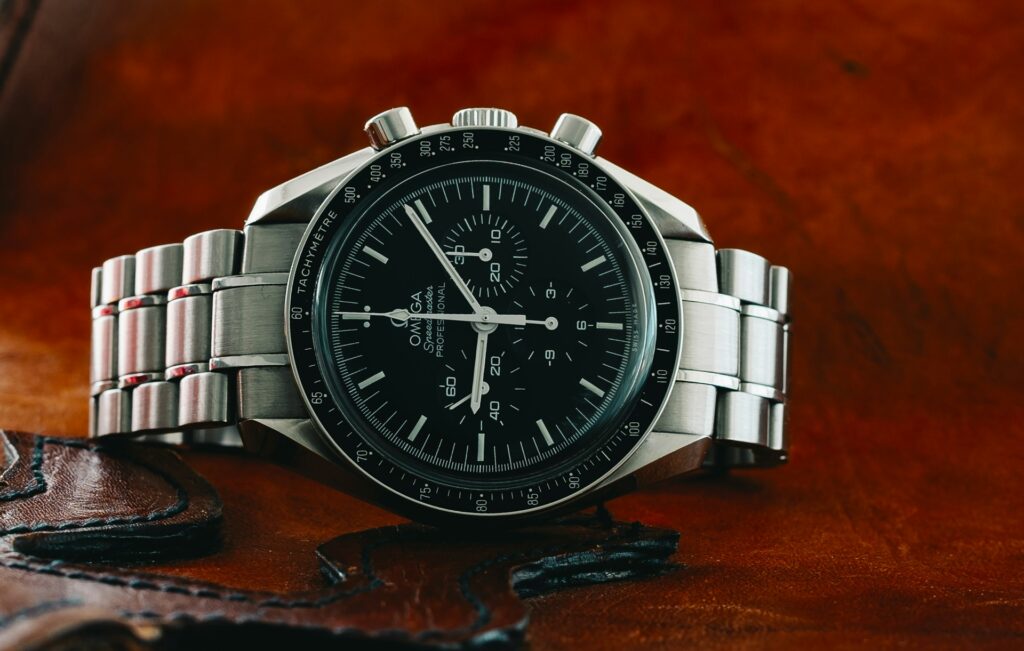
In addition, Omega seeks out fans through various offline campaigns, most recently with several events across Europe. These events are subsequently shared online on social media. Online and offline are interconnected. A great example of a strong 360-degree campaign. Perhaps best of all, this campaign was not even launched by Omega itself. PR at its best.
The story and conclusion
Purposely, I introduced this article with a short story written by me a while ago. The story is about the launch of the Polerouter of the Universal Geneva brand.
As a lover of watches – and thus of this defunct brand – I find this short story appropriate for luxury marketing. It aims to evoke a feeling. And that is what this industry is all about.
Luxury marketing is fundamentally about storytelling. Narrating the histories behind the products. Turning your customers into fans, through engagement and maintaining your customer relationships.
These are aspects of marketing and advertising that come together in different ways to sell redundant products and services to impressionable consumers. This makes it one of the most fun branches of marketing, because it is anything but simple and logical.
This article is a translation of an article first published on the Dutch-language marketing platform Frankwatching.

